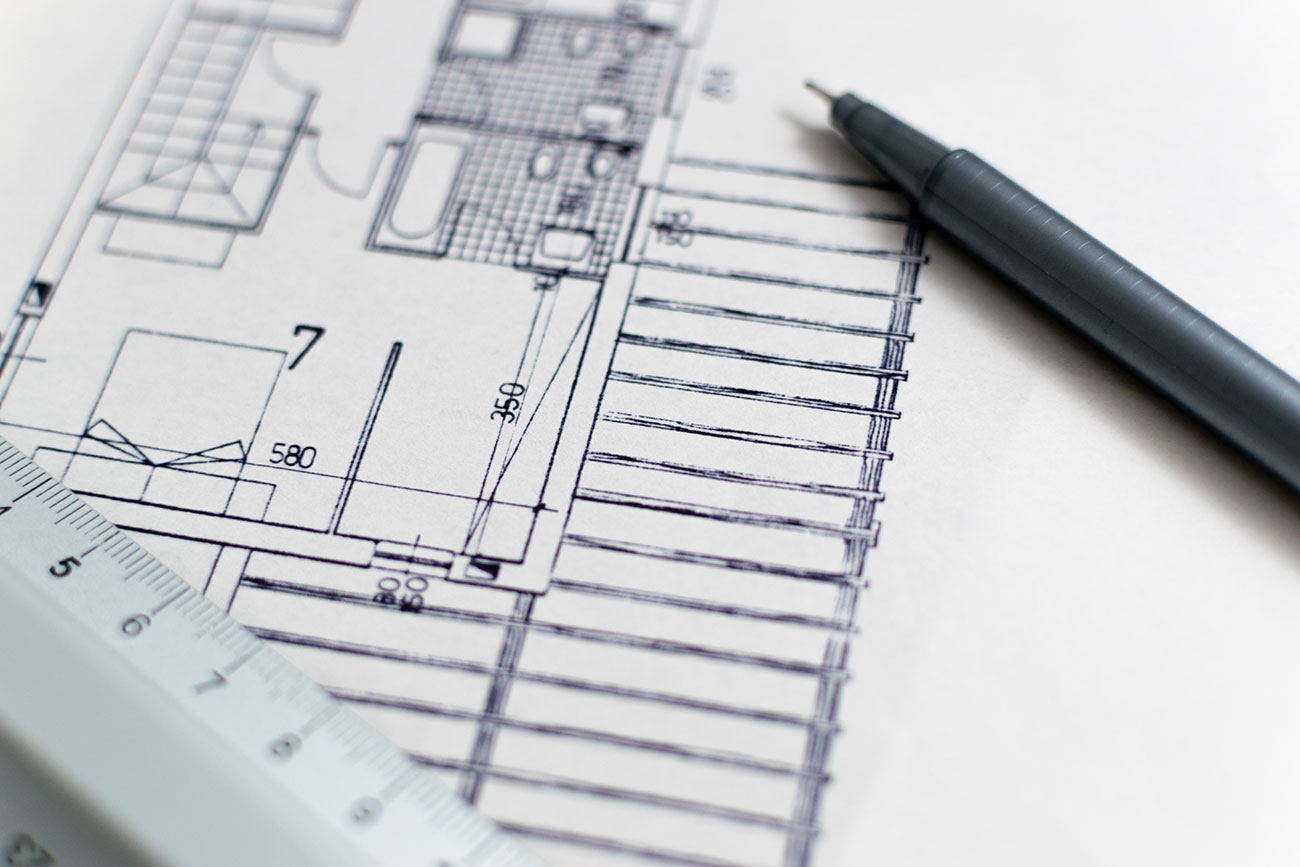Last Tuesday, January 1st, a new bill that officially recognizes architecture as a STEM subject was passed by the US House of Representatives. The Carl D. Perkins and Technical Education ACT (CTE) had been signed by President Trump since July 2018.
This means that, from now on, architecture will be a part of the Science, Technology, Engineering, and Mathematics curriculum. Thanks to bill H.R. 2353, states will be able to use federal money to update the Career and Technical Education curriculum. As a result, there will be more funds available for high schools to implement architectural education programs.
Architecture’s history has always been one of ingenuity, curiosity, and problem solving. Besides, it crosses the paths of both arts and sciences, which makes sense for it to be included in STEM education and CTE curricula. On their part, the American Institute of Architects (AIA) stated that “architecture has always represented the intersection of several disciplines”. Therefore, its recognition as a STEM subject acknowledges such intersection and history.
Also, the AIA mentioned that now that architecture is officially a STEM subject, this will “encourage a more diverse workforce, fulfill the promise of design as the synthesis of art and science, and affect a fundamental change in educational curricula.”
A total of $1 billion in grants to career and technical education will become available for states to resort to. As ArchDaily added, “with employment opportunities projected to grow over the next decade, the legislation will herald the modernization of architectural curriculums, which a vast majority of states has thus far failed to do in decades”.
Thanks to all the efforts that worked together to make this bill a reality, a new generation of students will have access to special programs and activities that will better prepare them for a career in architecture. This will also improve the development of US curriculum regarding its programs of science and technology.








